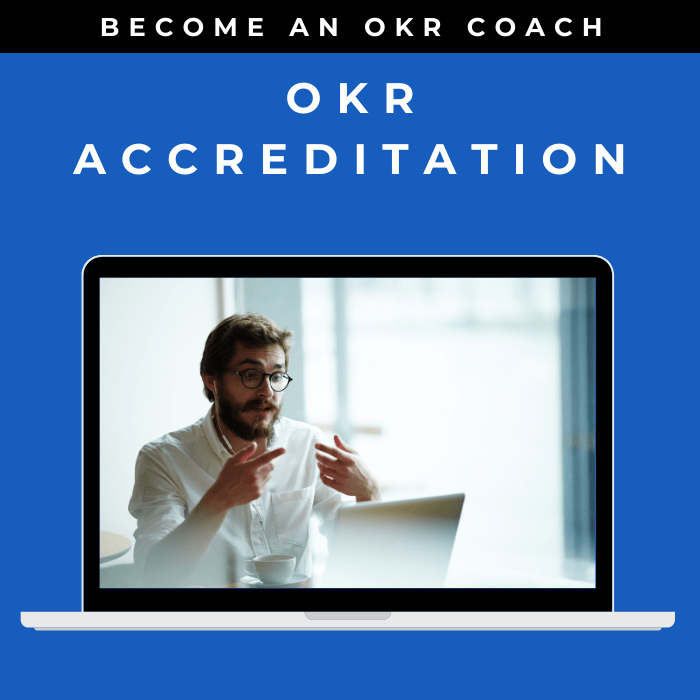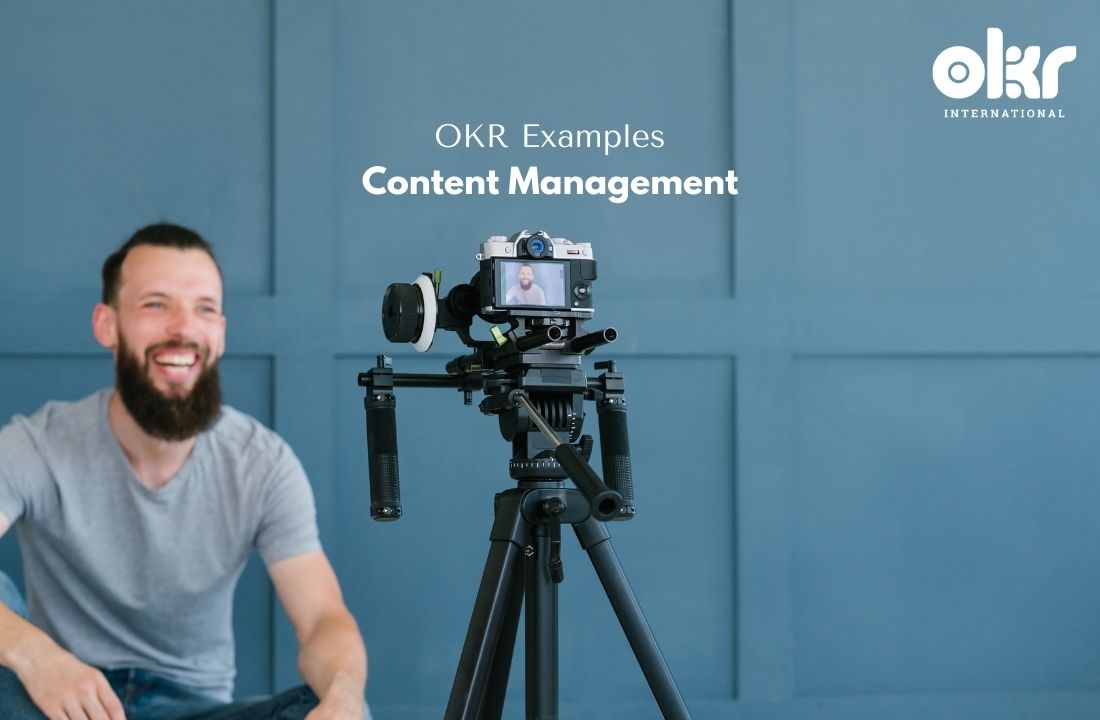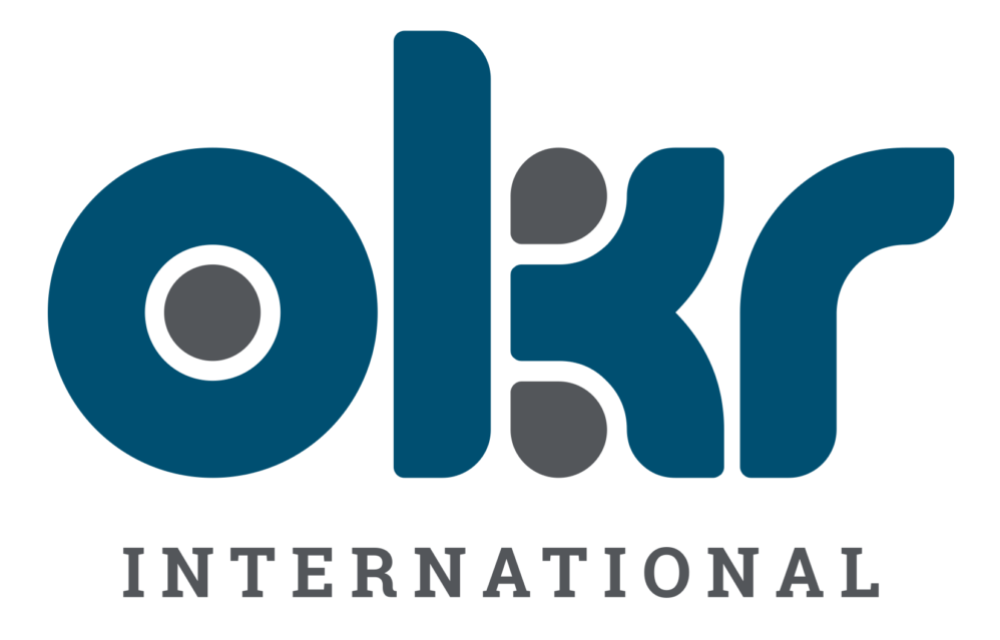10 Incredible OKR Examples in Content Management
Content management is a crucial aspect of modern businesses that involves creating, organizing, and distributing valuable content to engage audiences and drive business objectives. Objectives and Key Results (OKRs) can play a significant role in achieving success in content management. Here, we present ten incredible OKR examples in content management, providing valuable insights for organizations aiming to excel in this area and achieve their content goals.
1. Enhancing Content Strategy
Objective: Develop a comprehensive content strategy aligned with business objectives.
Key Results:
- Conduct 1 content audit to assess existing content and identify 5 gaps and opportunities.
- Define 5 key target audience personas and create tailored content for each persona.
- Increase organic traffic by 30% through improved content targeting and search engine optimization (SEO) efforts.
2. Increasing Content Engagement
Objective: Improve audience engagement and interaction with content.
Key Results:
- Increase average time spent on content pages by 20% within the next six months.
- Achieve a 15% increase in social media shares and engagement metrics (likes, comments, shares) for content.
- Attain a 10% growth in the number of email subscribers through content-driven lead generation efforts.
3. Expanding Content Distribution
Objective: Extend the reach of content through strategic distribution channels.
Key Results:
- Identify and establish partnerships with 7 key influencers or publications for content amplification.
- Increase content syndication on relevant platforms and achieve a 20% growth in referral traffic.
- Implement 1 guest blogging program to contribute content to 5 industry-leading websites or blogs.
4. Enhancing Content Personalization
Objective: Deliver personalized content experiences to target audiences.
Key Results:
- Implement website personalization based on user behavior and achieve a 10% increase in conversion rates.
- Develop tailored email marketing campaigns for different audience segments and achieve a 15% increase in email click-through rates.
- Utilize 6 dynamic content recommendations on the website to improve content discoverability and engagement.
5. Improving Content Quality
Objective: Enhance the overall quality and value of content offerings.
Key Results:
- Implement 1 content review and editing process to ensure accuracy, clarity, and consistency.
- Increase the average content rating or satisfaction score by 20% through audience feedback or surveys.
- Achieve a 25% reduction in content-related customer support inquiries through improved content comprehensiveness.
6. Strengthening Content Governance
Objective: Establish robust processes and guidelines for content creation and management.
Key Results:
- Develop 1 content governance framework outlining roles, responsibilities, and approval processes.
- Implement 1 content calendar or editorial schedule to ensure consistent and timely content delivery.
- Achieve a 90% adherence rate to content style and branding guidelines.
7. Enhancing Multichannel Content Strategy
Objective: Optimize content for multiple channels and platforms.
Key Results:
- Develop a mobile-responsive content design and achieve a 15% increase in mobile traffic.
- Create video or multimedia content assets to engage audiences on social media platforms and achieve a 20% increase in video views or interactions.
- Implement 1 content repurposing strategy to maximize the reach and impact of existing content.
8. Measuring Content Effectiveness
Objective: Establish metrics and measurement frameworks to evaluate content performance.
Key Results:
- Define 5 key content performance indicators (KPIs) aligned with business objectives (e.g., conversions, engagement, leads).
- Implement analytics tracking and reporting to monitor content performance and achieve a 95% accuracy rate.
- Conduct 3 regular content audits and optimizations based on data-driven insights.
9. Streamlining Content Production
Objective: Improve content creation processes for efficiency and scalability.
Key Results:
- Implement 4 content collaboration and project management tools to streamline content workflows.
- Reduce content production cycle time by 20% through process optimizations and automation.
- Achieve a 10% increase in the number of published content pieces per month.
10. Developing Content Team Skills
Objective: Foster the growth and development of content professionals.
Key Results:
- Provide training on content strategy, SEO, and storytelling to 80% of the content team within the next year.
- Implement 1 mentorship program to facilitate knowledge sharing and career development.
- Achieve a 90% employee satisfaction rate with content-related training and development initiatives.
By adopting these OKR examples in content management, organizations can enhance their content strategy, engage audiences effectively, improve content quality, and optimize content operations. These strategic objectives and key results serve as guiding principles for organizations seeking to excel in their content management efforts and drive long-term success.

When looking to set OKRs, it’s natural to want examples to ignite the thought process or simply compare yours to OKR Examples. Check out our compendium of OKR Examples here.
Explore Our Range of Services
Bring OKRs (Objectives and Key Results) to your organisation with our tried & tested OKR Framework.


OKR International’s highly acclaimed Certified OKR Practitioner Program is the first and only OKR accreditation endorsed by ICF & HRCI for continuing education units.
OKR International helps leaders create the alignment, engagement and result orientation needed for growth by offering OKR Advisory services.




